$39.97 Original price was: $39.97.$27.98Current price is: $27.98.
SKU: D2LSC 9217965557 Categories: NATIVE PLANTS, PLANTS & TREES
- Safe Transactions, Always
- Effortless Shopping, Quality Products
- Safe Payments, the Smart Choice
- Easy, Fast Returns Guarantee

Water Oak
Quercus nigra
Other Common Names: Black Oak, North American Barren Oak, North American Black Oak, Possum Oak
Plant Details
USDA Plant Hardiness Zones: 6a-9b Find Your Zone
Plant Type: Deciduous Tree
Height at Maturity: 50-80′
Width at Maturity: 40-60′
Spacing: 65+ feet for space between trees
Growth Habit / Form: Upright Broad Rounded
Growth Rate: Fast, 2′ or more per year
Flower Color: Gold Yellow
Flower Size: Insignificant
Flowering Period: Spring
Flower Type: Catkin
Fragrant Flowers: na
Foliage Color: Deep Green, Reddish-Brown in Fall
Fragrant Foliage: No
Fruit: Yes, acorn nuts are edible after tannins are boiled or leached out
Sun Needs: Full Sun to Mostly Sun; 6 or more hours of direct sun per day suggested
Water Needs: Average; drought tolerant when established
Soil Type: Clay, Loam, Sandy, Silty
Soil Moisture / Drainage: Moist But Well-Drained to Wet; Drought tolerant when established
Soil pH: 4.0–6.0 (Acid)
Maintenance / Care: Low
Attracts: Birds, Butterflies, Mammals, Moths
Resistances: Deer, Disease, Drought (when established), Dry Soil (when established), Heat, Humidity, Pollution (Air), Poor Soil, Salt Air, Wet Soil
Description
A great tree for naturalized areas or a shade tree in large areas, particularly in low spots or moist areas in the landscape, the Water Oak is a fast growing North American native tree that adds 2 feet or more in size per year reaching 50 to 80 feet tall and 40 to 60 feet wide when all grown up. The spatulate small leaves up to 4 inches long with 1 to 5 rounded lobes are blue-green turning reddish-brown in fall. In Zone 8 and 9 the tree is sometimes evergreen. Insignificant flowers occur in spring in the form of catkins which are followed by small, rounded, near-black acorns wearing a light tan top cap. Young bark is smooth and light grey becoming furrowed and dark grey with age. As is with most oak trees, the Water Oak has many benefits to wildlife, supporting many species of butterflies, moths, birds and mammals. Though it appreciates a moist to wet soil it is drought tolerant when established and also resists salt air, making it a good selection near the coast.
Wildlife Benefits
The wildlife benefits of the Water Oak are numerous. It is an excellent source of food for many wildlife species including deer, black bears, turkeys, woodpeckers. squirrels, rabbits, raccoons and many other species of smaller mammals and birds. It also supports a wide variety of Lepidopteran. You may see moths and butterflies such as Imperial Moth, Banded Hairstreak, Edward’s Hairstreak, Gray Hairstreak, White-M Hairstreak, Horace’s Duskywing and Juvenal’s Duskywing.
Landscape & Garden Uses
Growing 50 to 80 feet tall and 40 to 60 feet wide at maturity, the Water Oak thrives in a moist to wet soil so is excellent for use near lakes, ponds, creeks, streams and other bodies of water. That said, it is also drought tolerant so makes for a good shade tree in large spaces and is excellent for groupings or forestation or reclamation projects in moist to wet areas, but not constantly standing water. A fine addition to native plant gardens and wildlife gardens where the acorns are eaten by squirrels, chipmunks, deer, wild turkeys, blue jays, red-headed woodpeckers and many other wildlife species. Also provides a canopy for shelter.
Suggested Spacing: 65+ feet for space between trees
Growing Preferences
The Southern Red Oak is very easy to grow in most any moist but well-drained to dry soil of average fertility and full sun to part shade. It prefers an acidic soil ranging from 4.0 to 6.0 on the pH scale. Established trees are exceptionally drought tolerant. We suggest at least 5 or more hours of direct sunlight per day. A very low maintenance tree that requires no pruning unless you want to remove some lower branches to expose more trunk. Young trees will benefit from fertilizer however older trees can usually get the needed nutrients from the soil and rain water.
Note: Find helpful advice from our experts under the Planting & Care tab above on desktop screens and below on mobile phones.
Plant Long & Prosper!
Meet The Wilson Brothers & Staff
Questions? Contact Us
Be the first to review “Water Oak Tree (Quercus Nigra) – 1 Gallon Pot” Cancel reply
Related products
Sale!
Sale!
PLANTS & TREES
Sale!
PLANTS & TREES
Sale!
PLANTS & TREES
Sale!
PLANTS & TREES
Winecraft Black Smokebush – Cotinus Coggygria – 5 Gallon Pot
Sale!
CRAPE MYRTLES
Sale!
PLANTS & TREES
Sale!
PLANTS & TREES








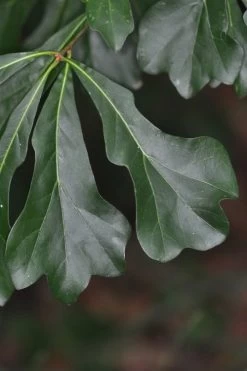


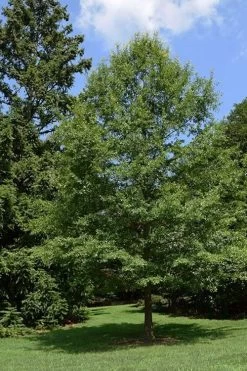

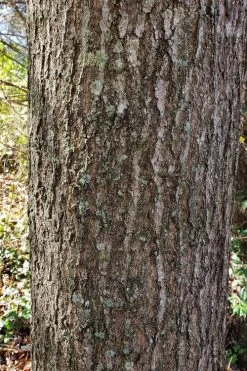

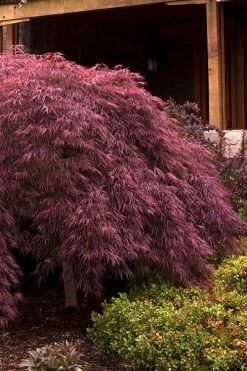



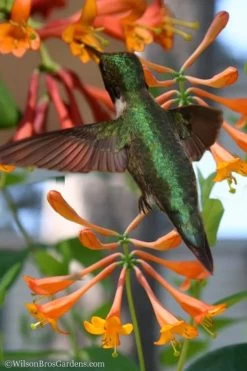

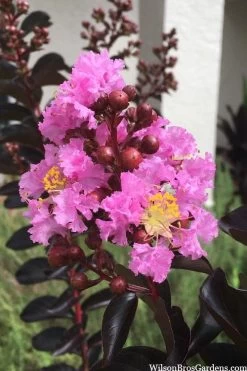





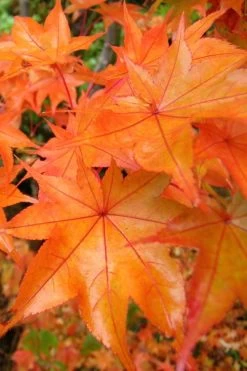



Reviews
There are no reviews yet.